11. Implications and applications¶
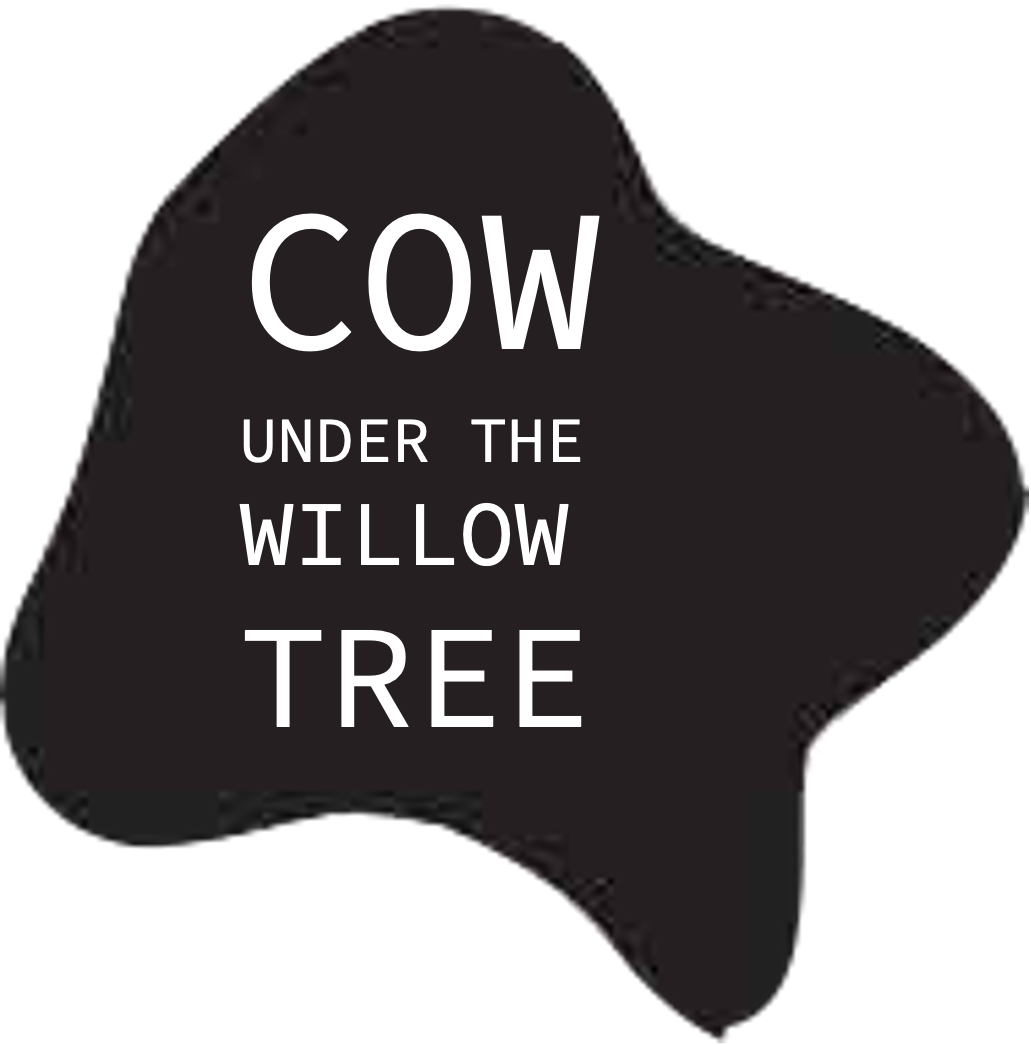
Research & Concept¶
My early project intention¶
In the first week I started Fabricademy I stated the following project intention:
"I want to explore an integrated approach to convert both lactose and casein into building blocks for garments, drastically reducing our dairy's waste and creating a new opportunity for our local community.
As a proof of concept, I aim to design a dress with those building blocks.
True to our starting point of local-and-circular-economies, it is an obvious choice to source natural trims and dye pigments locally from the same lush meadows, as where the cows are grazing.
I love crafts. I love nature. I love country life. I love art. I love color and texture. I love stories. (More about those inspirations later). I express this inner life in my drawings and paintings. When I close my eyes and try to envision the dress to be designed, it keeps appearing as a work of art.
The dress transformed in a canvas on which I paint my personal story."
Technical approach to assignments¶
Most of the weekly assignments I approached quite technically. I wanted to test and proof the versatility of our wastewater whey and learn the techniques with which I could further manipulate the resulting materials like whey leather, casein glues, composites, and plastics.
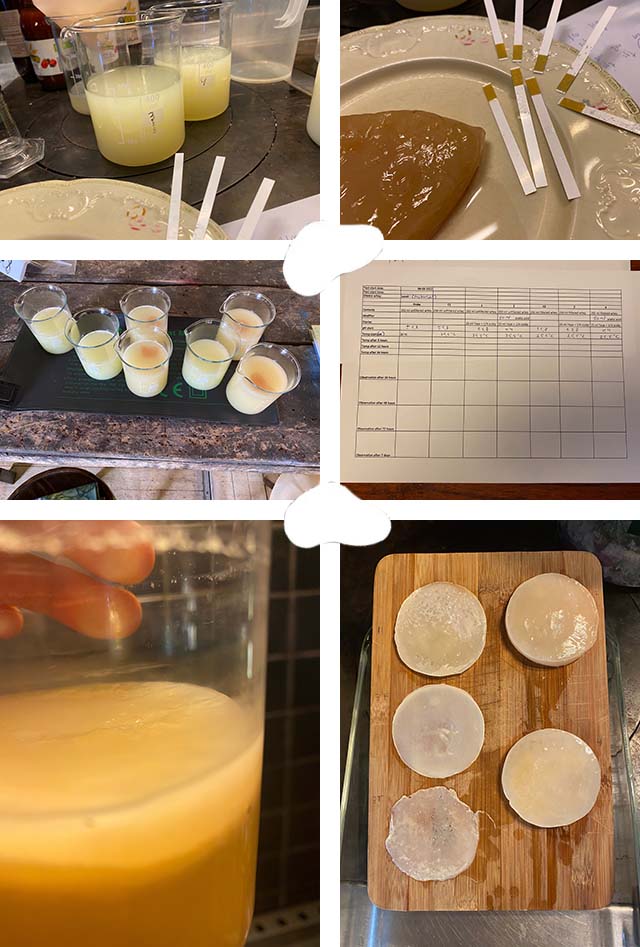
Whey leather growing experiments, photos by Marieke van Eyndhoven
From a technical to an emotional interpretation¶
While moving through the Fabricademy weeks, I started diving in the history of my municipality Lopikerkapel and the open meadow area of the Lopikerwaard. From this study I realized that the personal history of my husband and I, coincides with the greater story of the Lopikerwaard.
Personal history
After long tenures in business services, in 2014 my husband and I longed to change our lifestyle. We wanted to say goodbye to laptops, meetings, colleagues, and boardroom tables. Our love for food, fermentation, preserving and country-living led us to make a bold move: to become cheesemakers. For us, this choice was a natural evolution in the layering of our personal life. At that time, we did not know much about the Lopikerwaard we lived in. We had always been busy and taken the grassland, the rivers, and the landscape for granted. With our choice to become cheesemakers, we became unknowingly part of the current dairy farming activities of our polder, and thus part of the story of the Lopikerwaard.
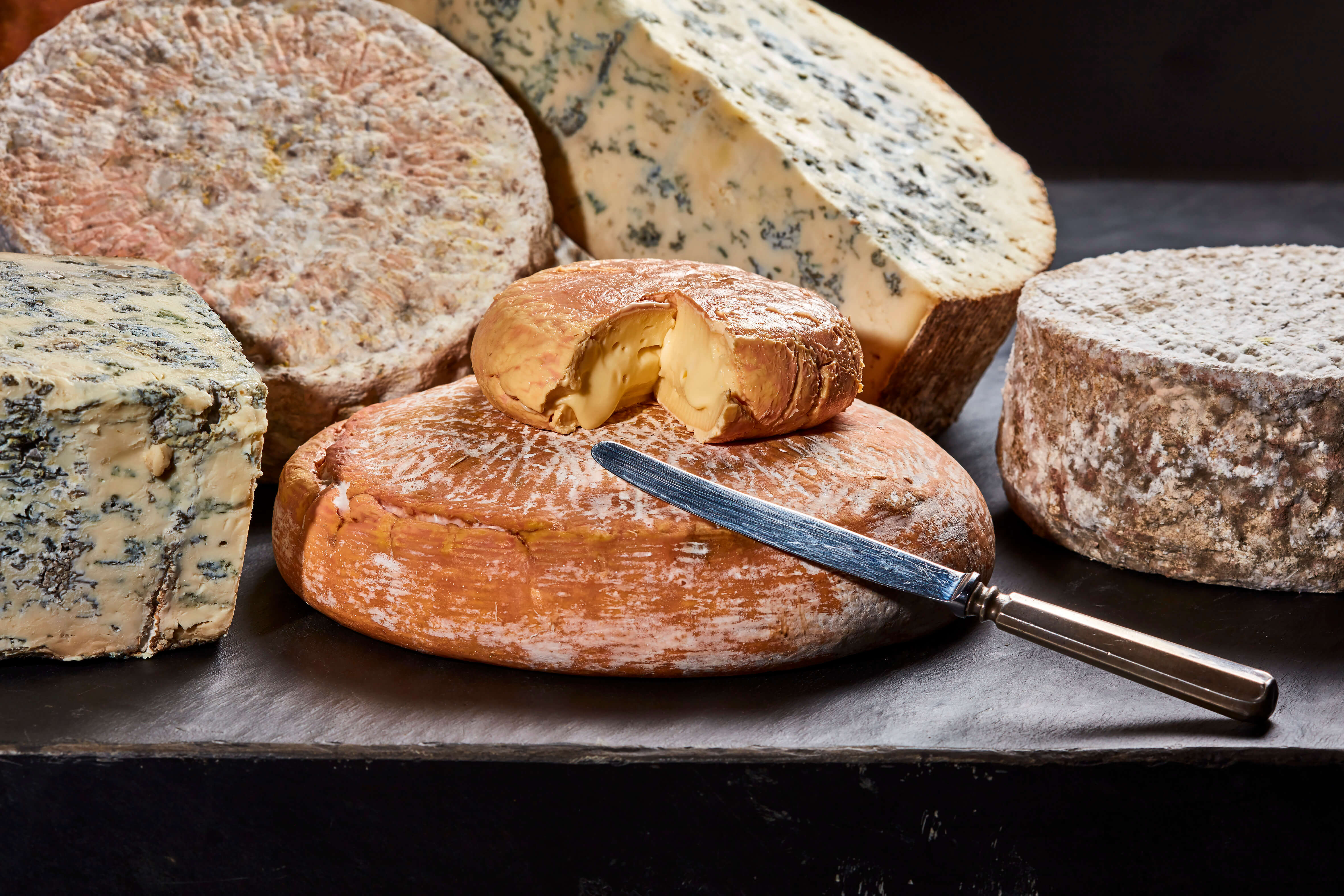
Polder history
But those dairy farming activities as they are present today in our polder, in turn are part of the layers of history and time the Lopikerwaard has gone through.
This polder started as an impenetrable wild peat marsh, where the first inhabitants showed up around 800 AC. Those people could only feed themselves by hunting and fishing and wild foraging.
In the 11th and 12th century the grounds were reclaimed from the water by pioneers, with hard and harsh work, which resulted in a very organized landscape of straight plots and ditches.
The polder has since then seen the rise and fall of hemp growing for rope, sail, and textile production.
It was once the center of fruit growing.
Then up till the Second World war men, women and children were involved in the cultivating of large willow fields and peeling the toes and preparing the wood for further processing.
In those times they further added to their income by the catching of wild ducks in a battery of duck decoys spread out in the polder.
Only when the peat grounds started to sink again some 150 years ago, all those activities had to be abandoned, and the farmers in our polder were forced to turn the farmlands into wet grassland, and to switch to dairy farming.
Deep emotion
Now that I know this history, I feel different about our little cheese factory and the grounds it is built on. My life has become connected to this ground. In the cheese factory I hear the echoes of all those men and women who made a living from these grounds before us. In the landscape I see the layers of previous times, both nature and manmade structures are still present. I feel that my life, and my work builds upon the lives of all those people who lived here before us. I am connected to them; they are part of me. Our energy bumps and grinds together to make up the seething mass of man, animal, and vegetable that, together, rotates in space and time that is infinity.
Yesterday is History
Emily Dickinson expresses the emotion I feel about the grounds in my polder, beautifully in the poem "Yesterday is History":
Yesterday is History, ’Tis so far away – Yesterday is Poetry – ’Tis Philosophy – Yesterday is mystery – Where it is Today While we shrewdly speculate Flutter both away –
What she means is that even her own yesterday is history because it is as irretrievable as the deep past of thousands of years ago: it is ‘so far away’. As such her own history and life become part of the waves and layers of time. And that makes her yesterday more than only yesterday, it also becomes poetry, philosophy, and mystery.
Future: about the paradigm in the nitrogen emission debate
But my emotion also encompasses the future. Since a few years, dairy farming is under immense pressure in the Netherlands due to the alleged problem of nitrogen emission and how this impacts nature.
This debate has, in my opinion, quickly descended into a vitriolic battle between two factions. Discussions are held in terms of declaring “good” and “bad” values. This is due to an invisible paradigm that lays beneath the discussion. Namely, the hidden perspective of framing human–nature interactions as conflict-oriented, including reinforcing a rigid human–nature dichotomy as fundamentally oppositional. Add to this a “moral” view that all nonhuman life is sacred, that biodiversity is always good, that any extinction of organisms is a "great wrong", and that each, even the tiniest piece of nature has intrinsic value beyond what it can afford humans.
This invisible set of ideas does not help the debate, and certainly does not help nature. It forces opponents and proponents to only think in diametrically opposite directions. One side will advocate for focusing on human welfare and economic growth, at the costs of nature and unchecked natural resource consumption. The other side will defend the opinion that human welfare is important, but nature too has its intrinsic value and ought to be protected at all costs.
But even among conservation biologists some new way of conceptual thinking arises.
Suppose we would approach the debate with a new set of ideas, a different paradigm. What if the assumption would be that human prosperity could coexist with nature conservation goals? Even more, what if the perspective would be that harmonious coexistence between human and nature is possible, through a sustainable though dynamic state in which humans and nature co-adapt to sharing landscapes? What if the basic idea would be that society can be in harmony with nature?1, 2
This new paradigm might alter the debate, and free up space for constructive alternative approaches, innovations and solutions. Because it would create room for seeking to jointly maximize nature conservation and economic objectives.
My understanding of the history of the Lopikerwaard has also changed my own perspective. In this polder, throughout the ages, indeed the inhabitants and nature have mostly co-adapted in a dynamic state. Human industries and ways of living, just like nature have come and go. But this has always taken place in gradual transitions. And today, man and nature are still present in this polder, just like the interdependencies are still in place.
Concept¶
I want to capture this emotion and insight.
I want to honor the versatility of our polder and its people and to visualize the layers of history and time. Where man and nature have been present in harmony. Where yesterday and today flutter away for a new and unknown future which must be courageously embraced in coexistence.
My work will not be aimed at giving an opinion about the final direction of the dairy industry. But it is an appeal for altering the paradigm in the debate about this subject. Or at least, it will be an invitation for everyone in the debate, to understand and question his or her paradigm.
Final project¶
Brainstorm¶

What, why, who, when, where¶
What

Why
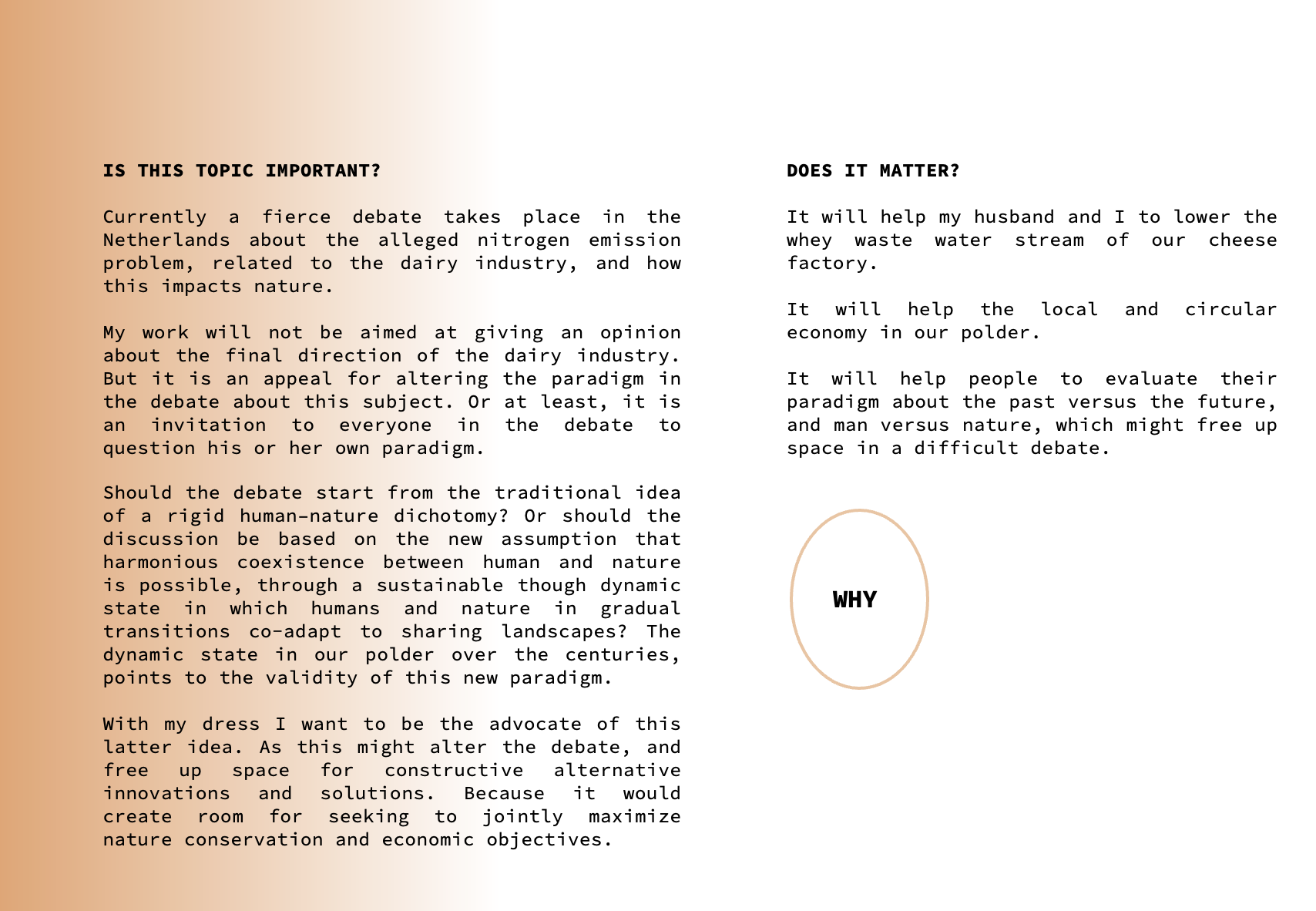
Who

When & where
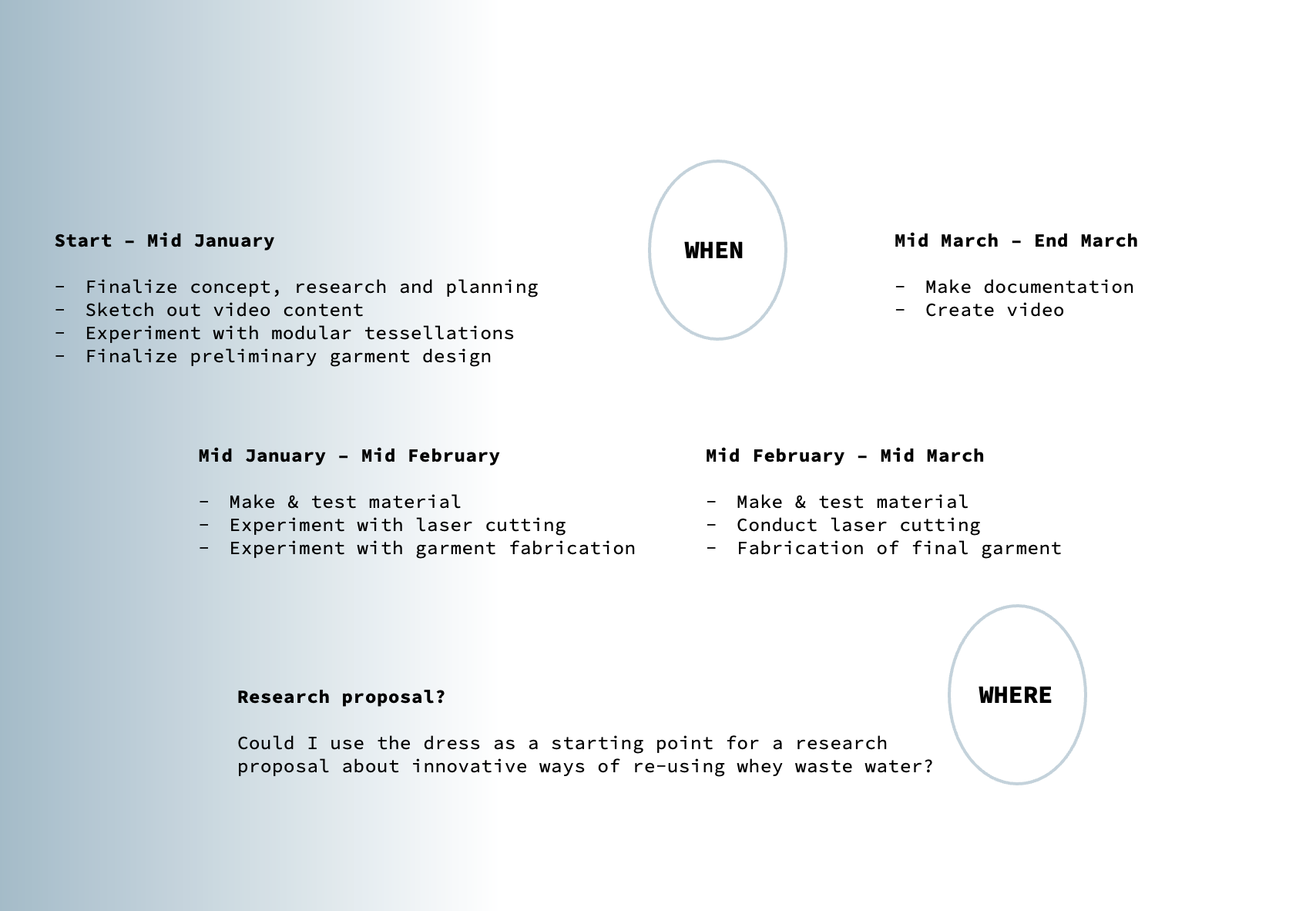
Moodboard and inspiration¶
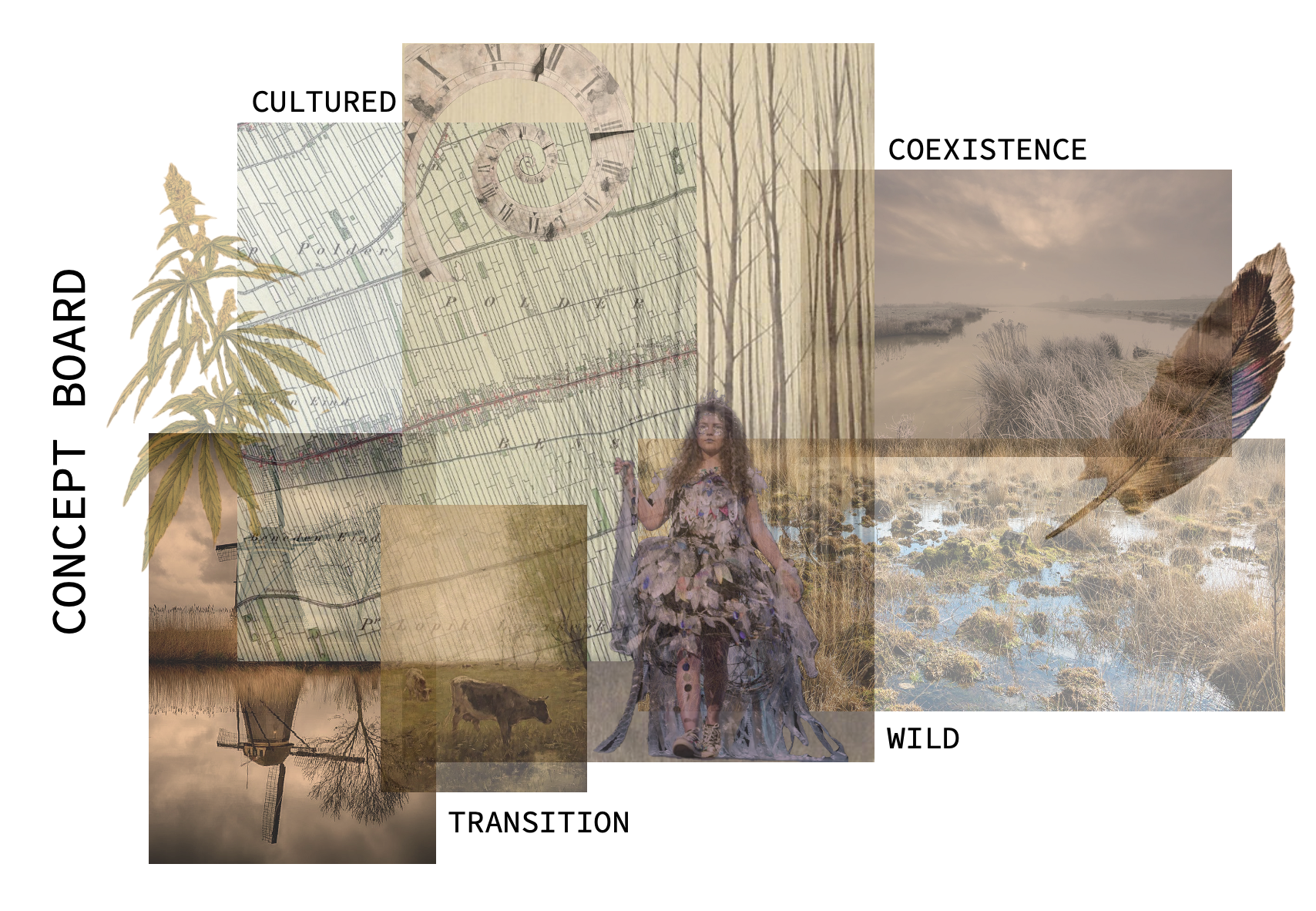
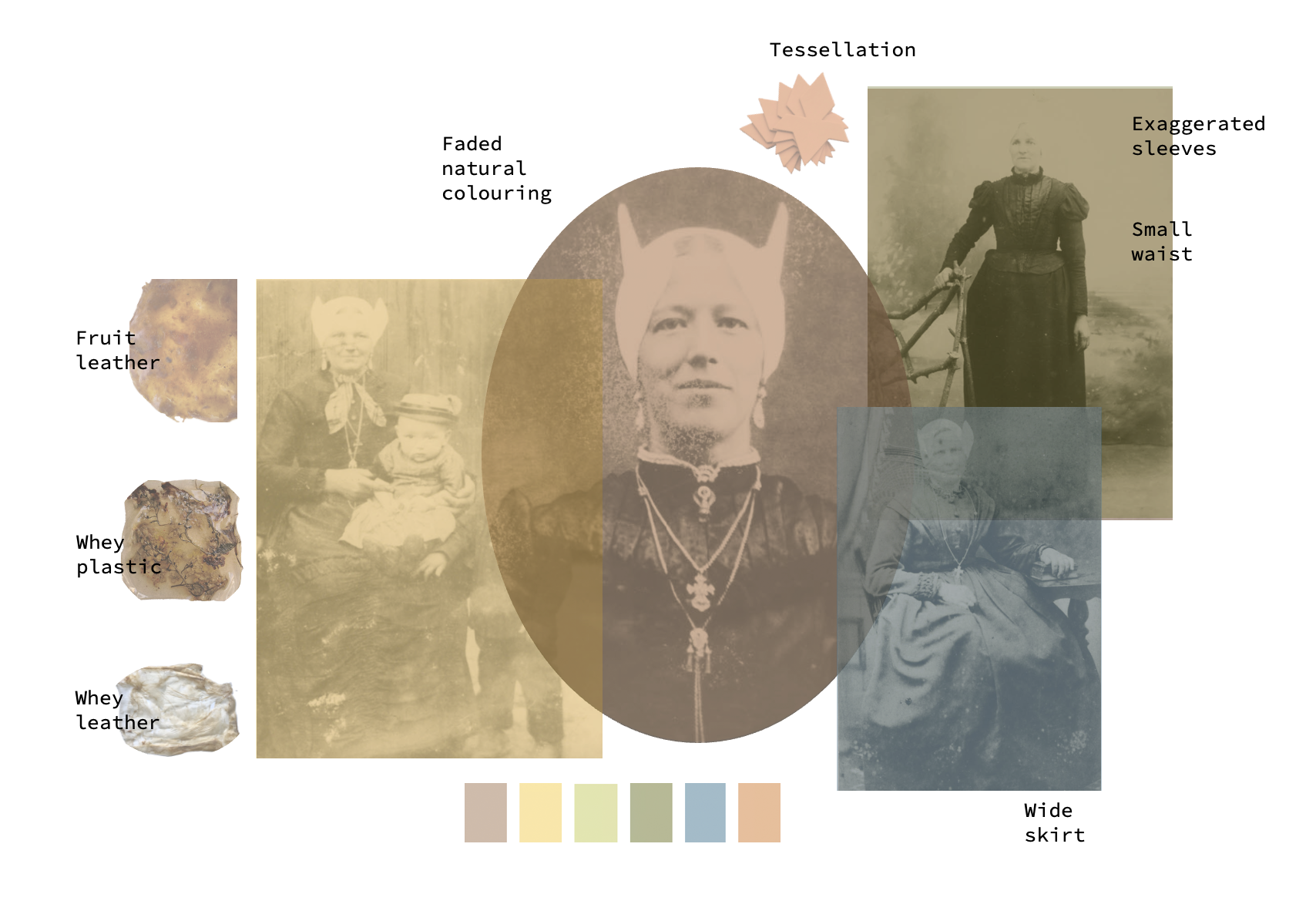
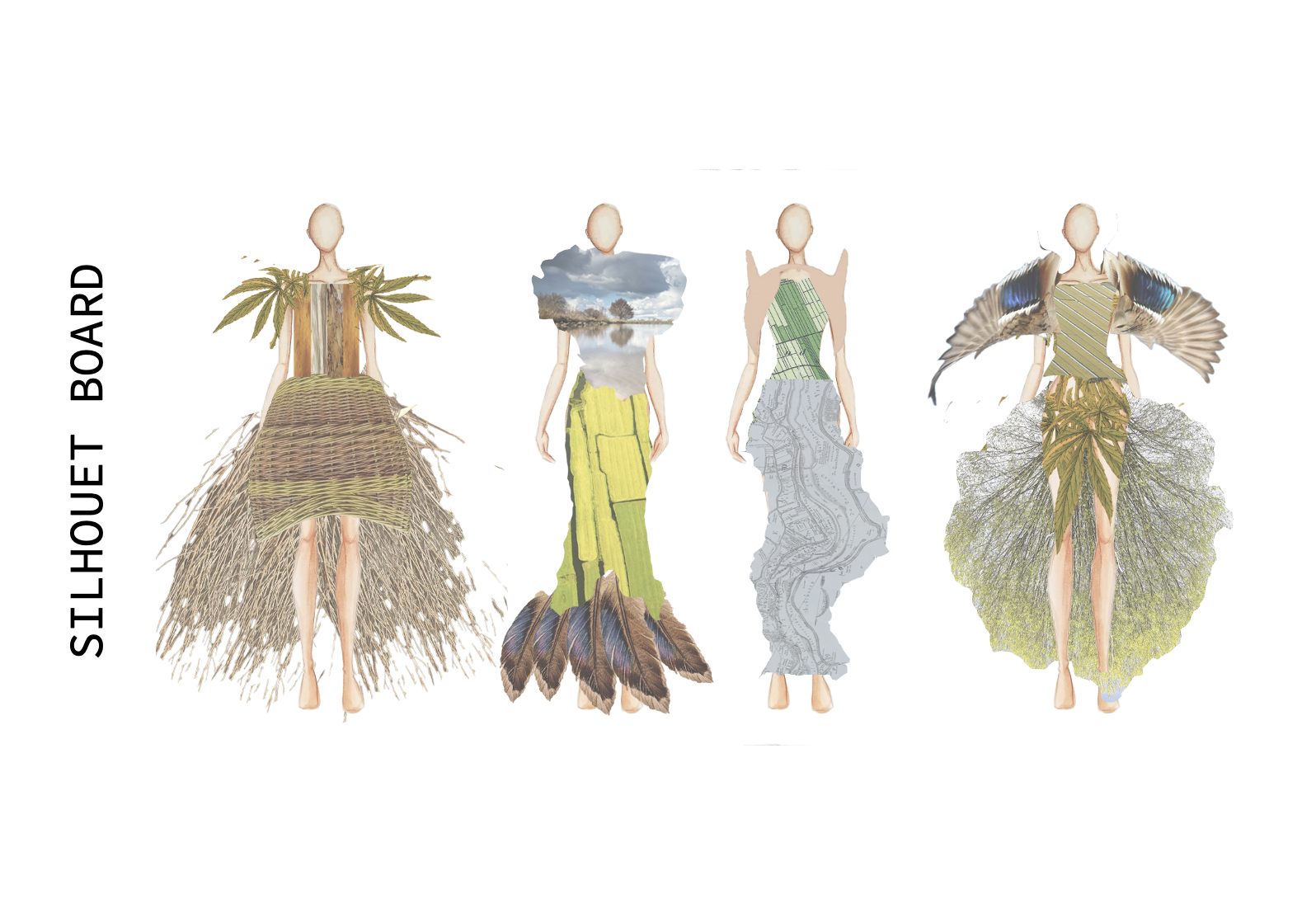
Detailed Research¶
I used several sources for my research.3, 4, 5, 6, 7, 8, 9, 10, 11, 12
Introduction
My municipality Lopikerkapel, is in the middle of the open meadow area of the Lopikerwaard. This region between the current rivers Lek, Enge IJssel and Vlist was named after the medieval river Lobeke. Nowadays, characteristics of the landscape are the wide polders under large cloudy skies, intersected by ditches in a fixed rhythm. Dairy farming nowadays is by far the most important form of land use in this area.

Wild nature
Around 800 AC the first people arrived in this territory. They were confronted with an unwelcoming landscape.
There were hardly any dikes along the rivers. When there was a lot of rain in Central Europe or when the snow melted quickly in the mountains, the water rose. Due to the lack of dikes, a wide area along the rivers was easily flooded. When the water receded, sand and silt carried by the current was left behind on the banks and higher ridges in the landscape. Over time, the silt turned into a dense clay bottom. Sand that remained on the banks also provided a solid surface. Because of these deposits, the banks and ridges were usually passable.
But those banks and ridges were surrounded by impenetrable wild nature, consisting of dense forests and endless peat bogs, overgrown with reeds, shrubs and trees.
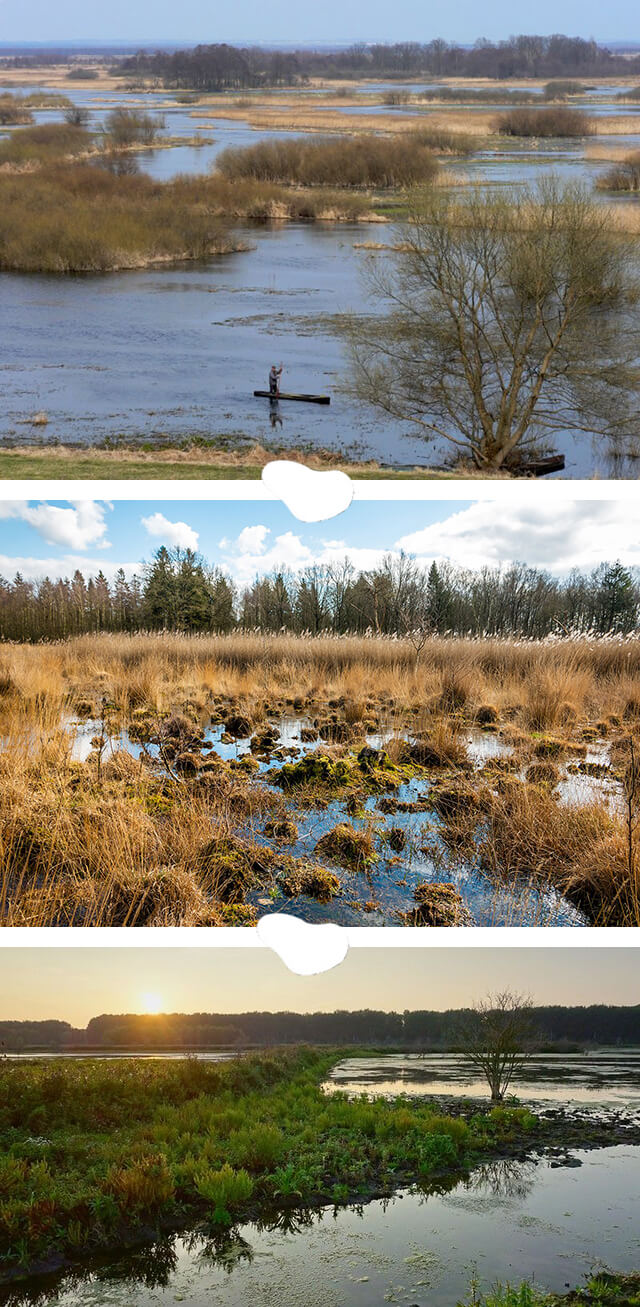
A few thousand years earlier, the old dunes had arisen not far from the current coastline. These shielded the hinterland from the North Sea. There were no major sea floods of salt water in the area. But the rivers in the hinterland flooded easily. This allowed the large peat bog to develop undisturbed. Thanks to the wet soil, plants grew luxuriantly. Dead plant remains accumulated, creating an increasingly thick subsoil of vegetable sludge: a peat soil. The peat in turn worked like a huge sponge that retained a lot of rainwater. During floods, the rivers left behind nutritious clay particles along the banks. As a result, there was a lot of swamp forest, overgrown with shrubs and trees like bog oaks, willows, poplars, alders, ash, elm, gray abels, and birches, and large pieces of land where tall grasses were growing such as reed and sedge grass, large sedges, rushes and galigane. Further from the rivers, the soil was much poorer. The soil there consisted solely of a thick layer of half-decayed sphagnum moss. Over the centuries, the spongy layer of the dead peat moss got thicker and thicker, which resulted in so called raised bog. Numerous small rivers originated in this enormous peat bog land.
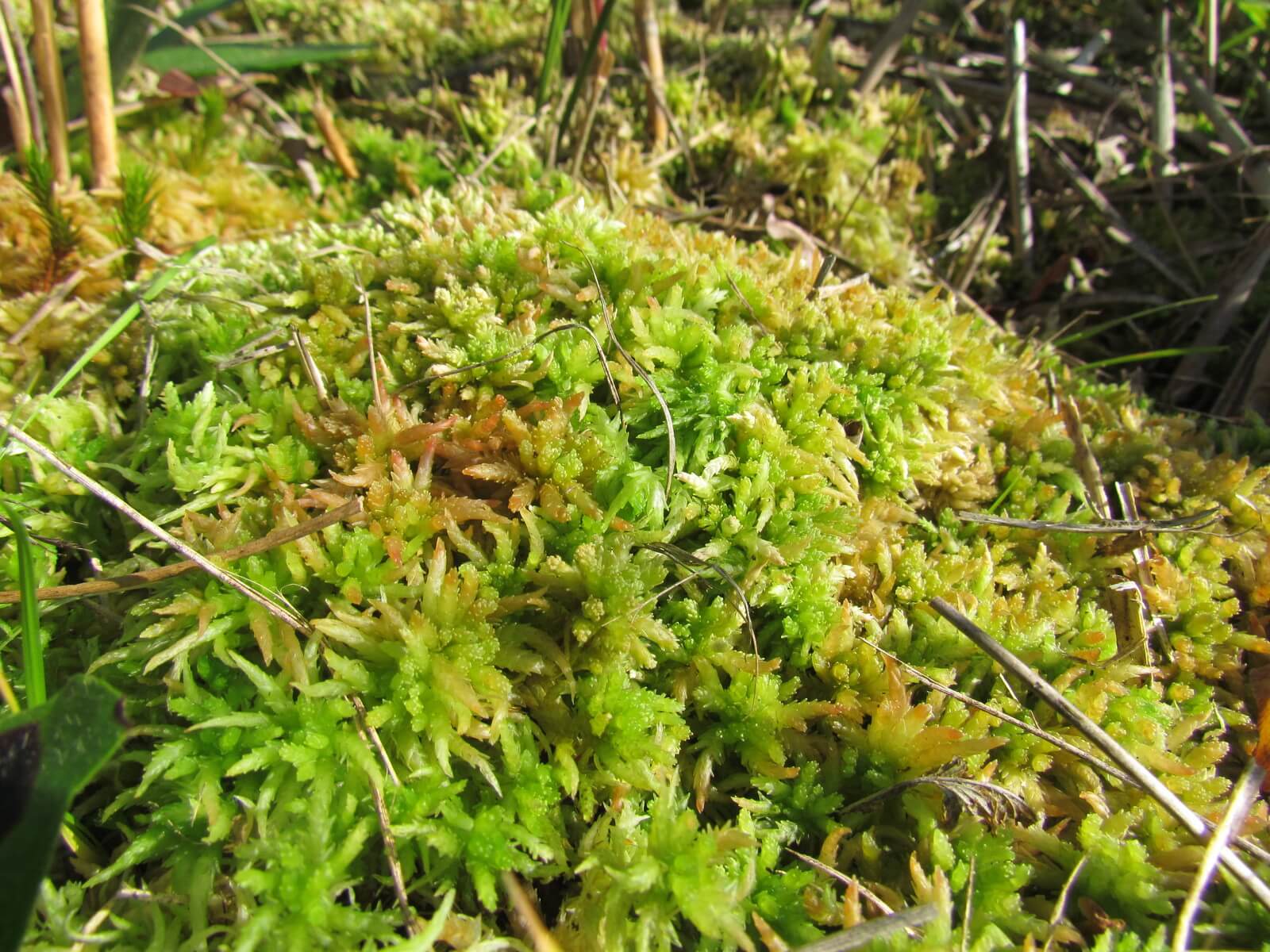
Living from the wild
The very first inhabitants settled on the passable riverbanks, higher sand ridges and along the first part of the peat rivers close to the rivers. In these places the bottom was high and firm enough thanks to the silt and sand left behind by the river. Although the swamps were barely accessible, this wilderness was their main source of food. There was fishing for eel, perch, and carp. Periwinkles, mussels, and cockles could be found on the brackish mud flats along the rivers. In the peat bogs, waterfowl, wild boar, roe deer, red deer and moose were hunted. Cranes, pelicans, sea eagles, seals, wolves, lynxes, and brown bears probably also lived in the endless marshes at that time. In a later stage, the inhabitants started cultivating small fields and meadows in the immediate vicinity of their dwellings. They kept some dairy cows, along with goats, sheep, and some pigs. In the fields they grew broad beans, lentils, fodder vetches and grains such as barley, rye, oats, wheat, and millet. It was the last period that nature prevailed in the environment of the Lopikerwaard. This natural landscape changed drastically when the Great Reclamation began at the end of the Early Middle Ages.
The Great Reclamation
When the number of inhabitants grew, more arable land was required. To make this happen, in the 11th and 12th centuries enormous ground reclamations were carried out.
Therefore, the rivers were first (more or less) diked, so that the water no longer had free play.
A cope (purchase) agreement gave the operator the right to reclaim the area. An existing waterway often was the base axis for reclamation. In the Lopikerwaard, first the canal Graafstroom was dug, to connect the peat river Lobeke and the river Enge IJssel. Perpendicular to this waterway, plots of equal length (approximately 1250 meters) and equal width (approximately 115 meters) were measured off. Straight ditches were dug on both sides of those plots to the main waterway, allowing the peat to drain. The shape of the plot sometimes differed, depending on the natural situation, for example a bend in the river. At the time of the cope-reclamation, the land was higher than the water, so drainage took place automatically. After draining, clearing the shrubs and trees, and leveling, the new soil could be used as arable land.

Opportunity
To the pioneers, the ground reclaiming meant hard and heavy work, but also great opportunities. They could work their way up from a serf to a free (tenant) farmer. They settled on the ‘heads’ of the yet to be reclaimed plots, along the reclamation axis. That's how it came about, a long ribbon with a house here and there.
Housing
The first buildings consisted of sod hut-like houses of wood, reed, and rushes.
Only In the 15th century stone farms were built. At the back-end of the plots they were required to create a heightened embankment, where they planted functional treese and shrubs, the so-called "geriefbosjes", which are still visible in the landscape nowadays.
Over the ages the stone farms became grander and the typical farmyard got it's shape.
In early times, plants and trees in the farmyard were often used for their function. For example, sturdy hedges of hawthorn, alder, Guelder rose, or mountain ash kept the cattle within the pasture or served as protection against the wind. The latter was especially important in fruit orchards. Walnut trees were often planted near the stable because of their fly-resistant effect. Leilindes, were placed at the front of the farm where the cheeses were ripening, preferably in the cool and shade.
The vegetable garden, on the side of the farm, served to produce food. In order to be able to eat from the vegetable garden all year round, the emphasis used to be on vegetables that could be preserved or preserved. Small fruit was often planted in the vegetable garden for personal use, such as red currants, black currants, white currants and gooseberries.
Later on, hedges and trees were also used as ornamentals objects. Hedges became in use as plot boundaries and were planted to hide less attractive buildings and storage areas from view. At the front of the farm one started to plant nicer trees such as the beech, linden or sweet chestnut. Trees that naturally occurred in the field, like the oak, we saw more behind and next to the farm. Flowering plants started to adorn the vegetable garden.
Early use of the reclaimed ground
The soil composition and water management determined the use of the grounds. At first the focus was on working the arable land, and livestock was only kept for fertilizer production.
Long time hemp was an important product. This was grown in the fields just behind the farm. The farmers rooted mown hemp stems and bunches of flax in stagnant water around their fields. The stench of the putrid water must have been breathtaking. After about three weeks, the farmers pierced their dammed root ditches and collectively discharged the discolored dead root water into the main waterway. As soon as the harvest was ready for further processing, the stems were roasted and hacked. The seed was used to bake bread, for chicken feed and to press into oil. The fiber was carded, spun, and woven into textiles and canvas or made into rope.
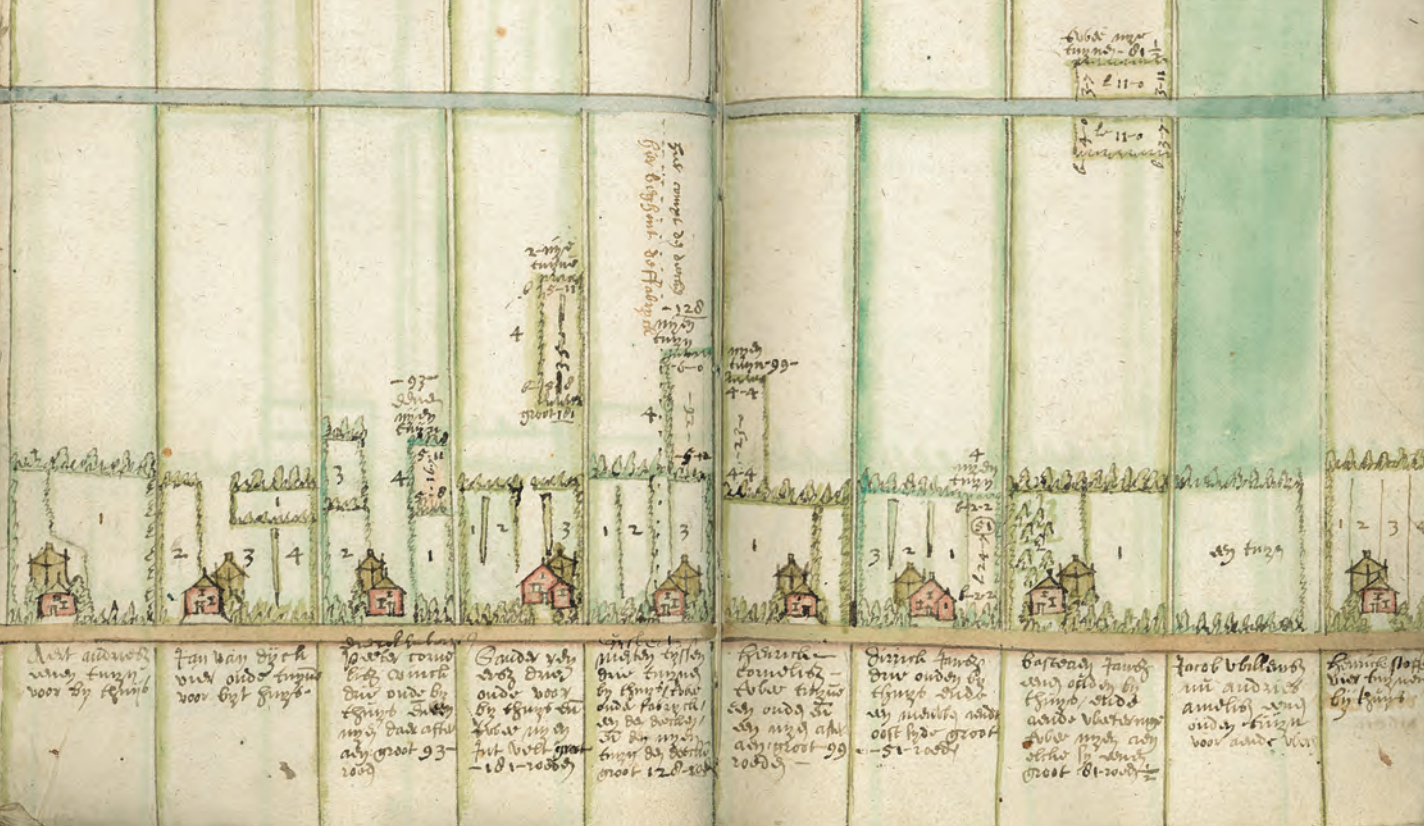
On the higher land plots fruit growing was also an important source of income, especially apples and pears. Those fruits were sold on the markets in the regional larger cities.

On the very wet parts only willow cultivation was possible. This cultivation reached it's peak in the 17th century. The owner of the plot planted the willows; depending on the quality or demand, toes were cut every year (“griend”) or once every two to four years (“haktiend”). Harvesting the willow twigs was hard work. The toes were cut and then tied in bunches and placed in water for quite some time to make them supple. Then the toes were "peeled", stripped of their bark; once that had happened, the toe could be processed. The “haktiend” provided material for the handles of brooms and rakes, roofing and furniture, while the proceeds from the “griend” were mainly used for making baskets and hoops. Not only men, but also women and children were involved in peeling the toes and preparing the wood for further processing.

Additional sources of income
From 1800 onwards around 20 duck decoys were built in the watery polders of the Lopikerwaard. It is a shielded piece of water, containing a kind of trap - a 'catching pipe' - into which wild ducks could be driven to catch them for consumption. Nowadays people mainly serve chicken, but in previous centuries it was quite normal to eat wild duck. The feathers and down were used by the rich as filling for mattresses and in garments and fashion accessories.
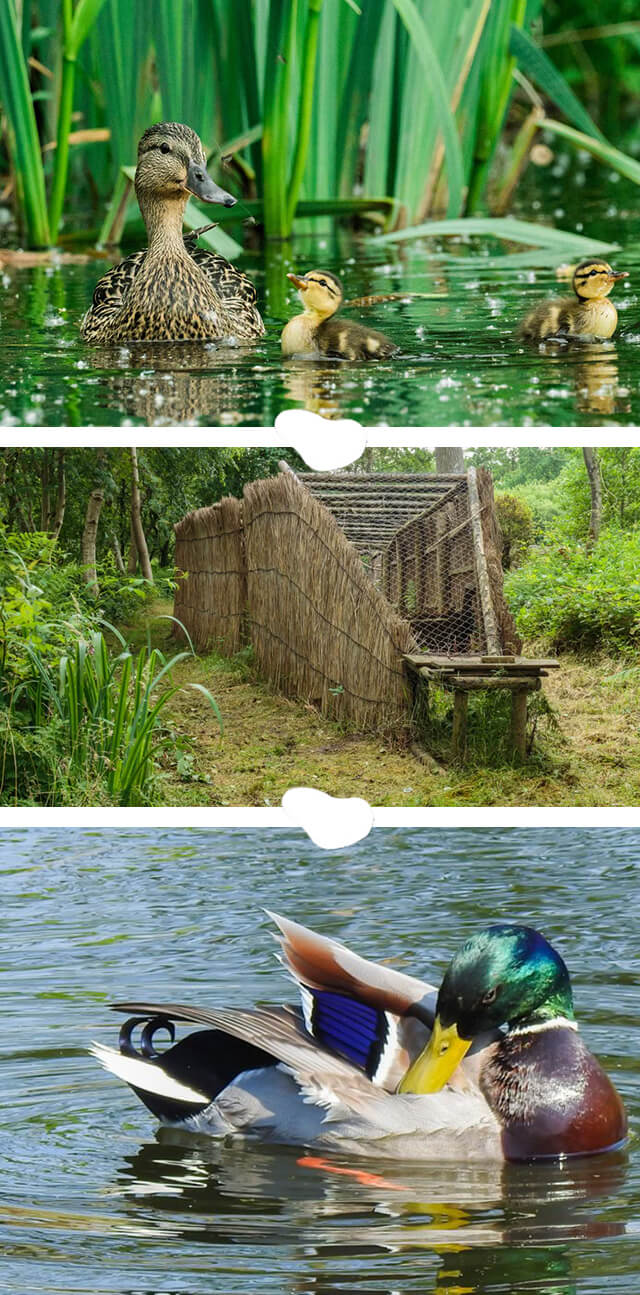
Continuous draining of the polder
Keeping out the river floods and dewatering the peat bogs was not enough. Just because of the dewatering, the ground began to sink in, resulting in a progressive ground level subsidence. The ground level slowly sank below the river level and a natural outflow of the water through the ditches became more and more difficult. New waterways, parallel to the reclamation base axis waterway had to be dug to drain the water to storage basins. In these basins, the water was temporarily stored at high tide, until the water level in the main rivers fell again and then the overflow could run off. About the year 1450 the first water mill was put into operation in the Lopikerwaard. This did not seem to solve it. In autumn, winter, and spring there was very frequent flooding. There was a search to new solutions. Around 1870 they switched to steam milling to keep the ground draining.
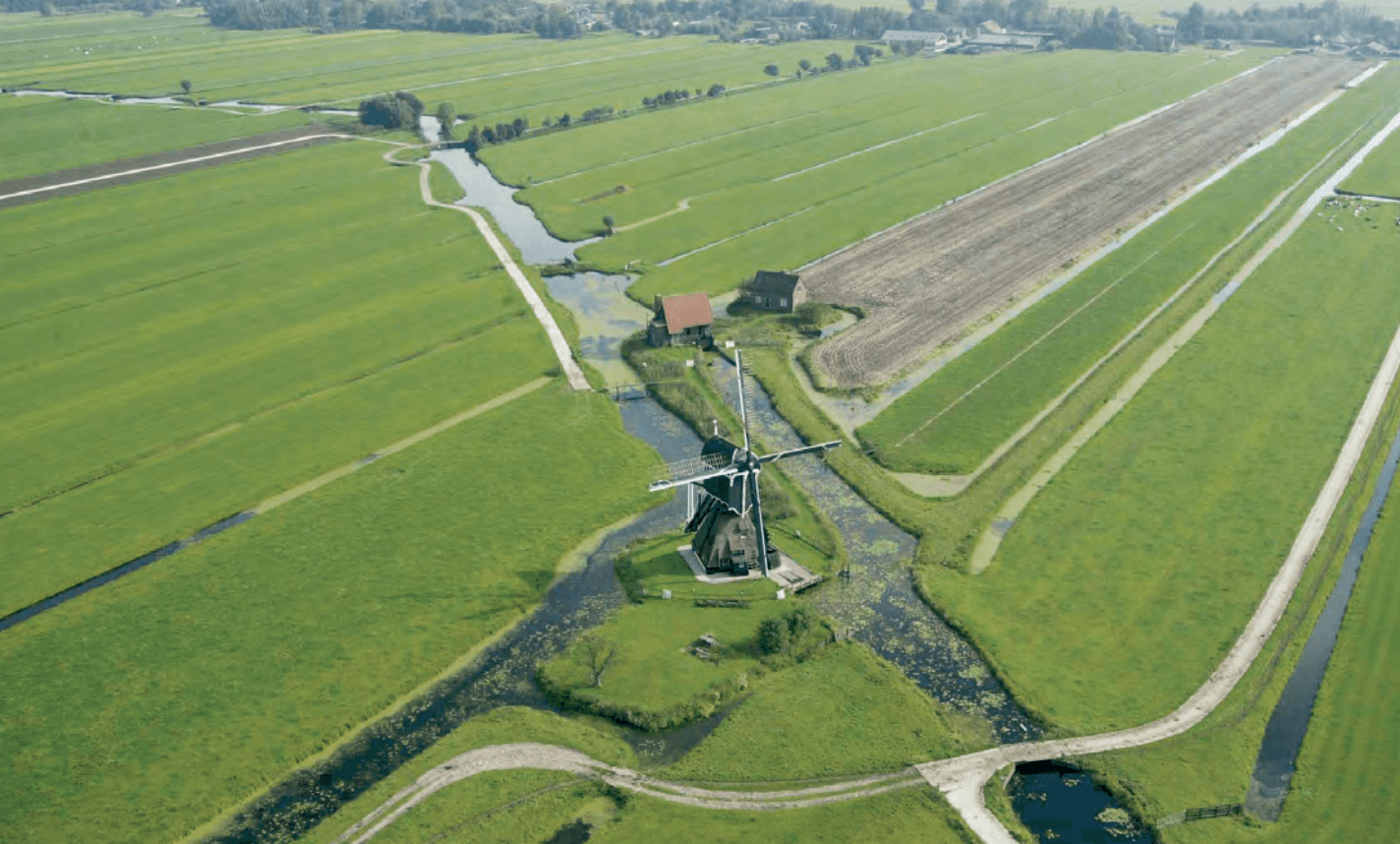
Switch to dairy
Due to the sinking of the peat and rise in groundwater the peat became too wet again and the farmlands became only suitable as wet grassland. Hemp production, fruit growing, and the culturing of willows were given up as the main source of income. Instead, the farmers switched to cattle breeding on those grasslands. In the 18th and 19th century the demand for dairy products increased and the cattle herd further expanded. The dairy farm still is by far the most important form of land use in this area.

Slide show¶
Considerations and questions¶
While reviewing the ideas about my final projec with Bea and Cecilia, they asked some questions and provided advise. I captured all their remarks for further consideration:
Cecilia:
- What do you want to stress, the contradictions or the similarities? If you choose for embracing the similarities, play with transitions, (design from history to modern, patterns from history to modern, material from history to modern).
- Do you want to start the dress design from the pattern, from the material, or from the technology? When you start from technology, you can draw a 3D design and slice it up. Use for example the map of the Great reclamation as a slicing pattern.
- For the layers you can look at historical Dutch pattern making, or you can find inspiration from Iris van Herpen.
- Look at the website from Teresa van Twuijver, she developed a "goddess".
- They used to make trims from casein. This practice stopped as they had to cure it with toxic formaldehyde. But there is still a company in Italy making sunglasses from casein.
- You are good at storytelling, tell us a story, give your "goddess" a name, a shape, help us to see her.
- What are your priority materials, and what are the supportive materials? Have a plan. What are the bare minimums? What are the nice to haves? When you select fruit leather, whey leather, and whey plastic as the main materials, you can also opt to have the other materials in a supportive role, for example use shells as filler for the casein plastic, etc.
- Sketch out a timneline. Make sure your fabrication is done before mid March. Use the last two weeks for documentation and the production of your video. Also, do things in parallel and vary between different activities, for example one week of material production, the other week testing of material and garment fabrication. It is wise to take shortcuts. For example, for material testing, use bought casein powder.
Bea:
- The whole concept around the dress might benefit from adding a performance to it, like for example an accompanying video. It will provide you with more opportunities to convey the message.
- Think how you can embed layers of history in the materials.
- It is a lot you want to do, make sure you do the design and the material development in parrallel. Those activities will inform each other.
- Philips presented during the Dutch design week lamps from melted fishing nets. They used technology to reproduce old fishing nets in a modern way.
- With simple circular design patterns you can play with the concept to go from tradition to modern. Evolve in shape and material, or layering.
- What is your focus: the debate about nitrogen or the outcome for the dairy industry. How do you symbolize your focus in the dress? If it is the debate, and you want to have people look in the mirror, think literally about mirrors and alter ego's and how this can be captured.
- Look at Dutch traditional design and patterns and how you can capture this in the shape of your dress.
- What do you want after this 3-month project, do you want to continue research on re-using whey waste water? Do you want to arrive at a research proposal?